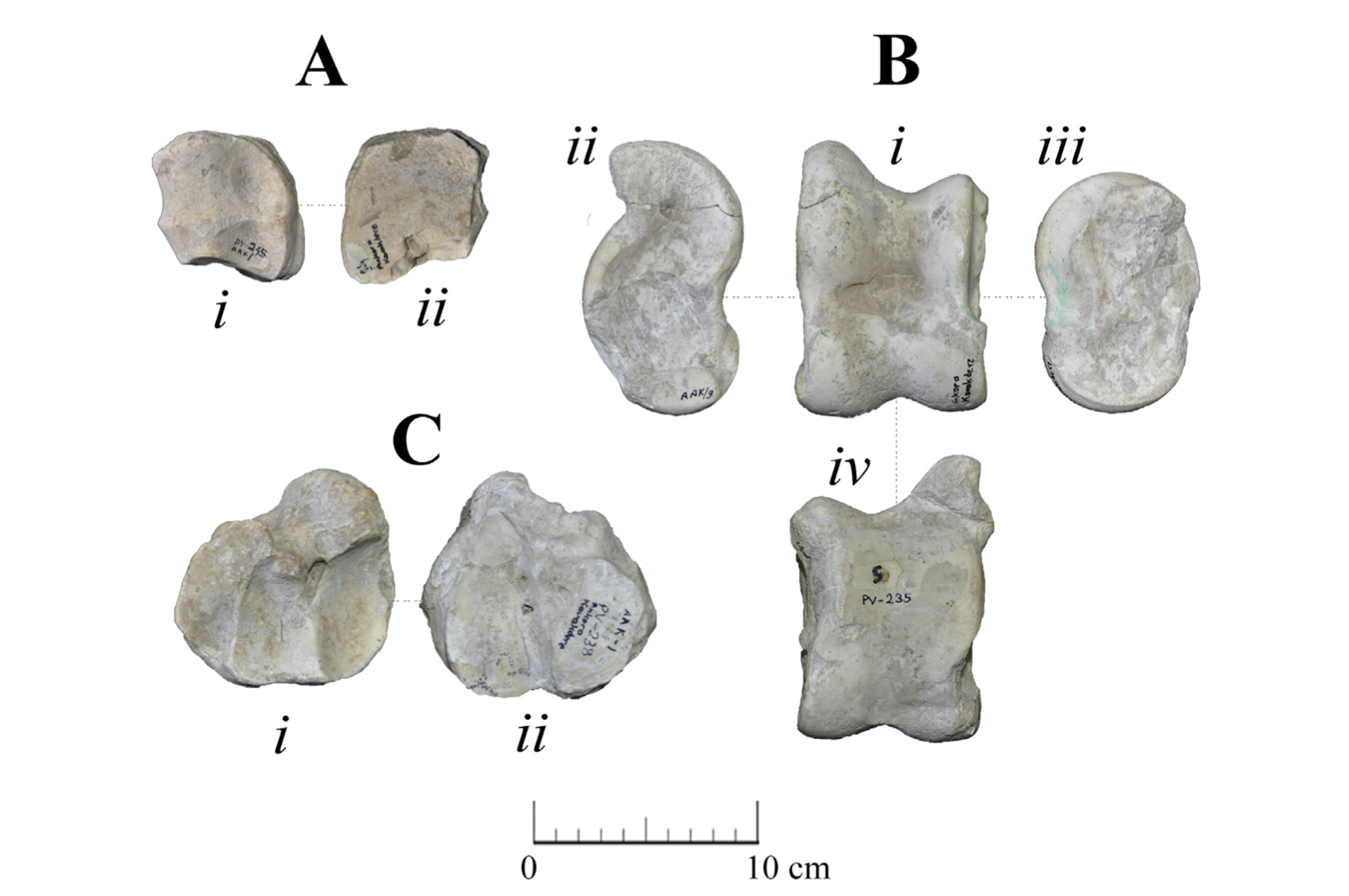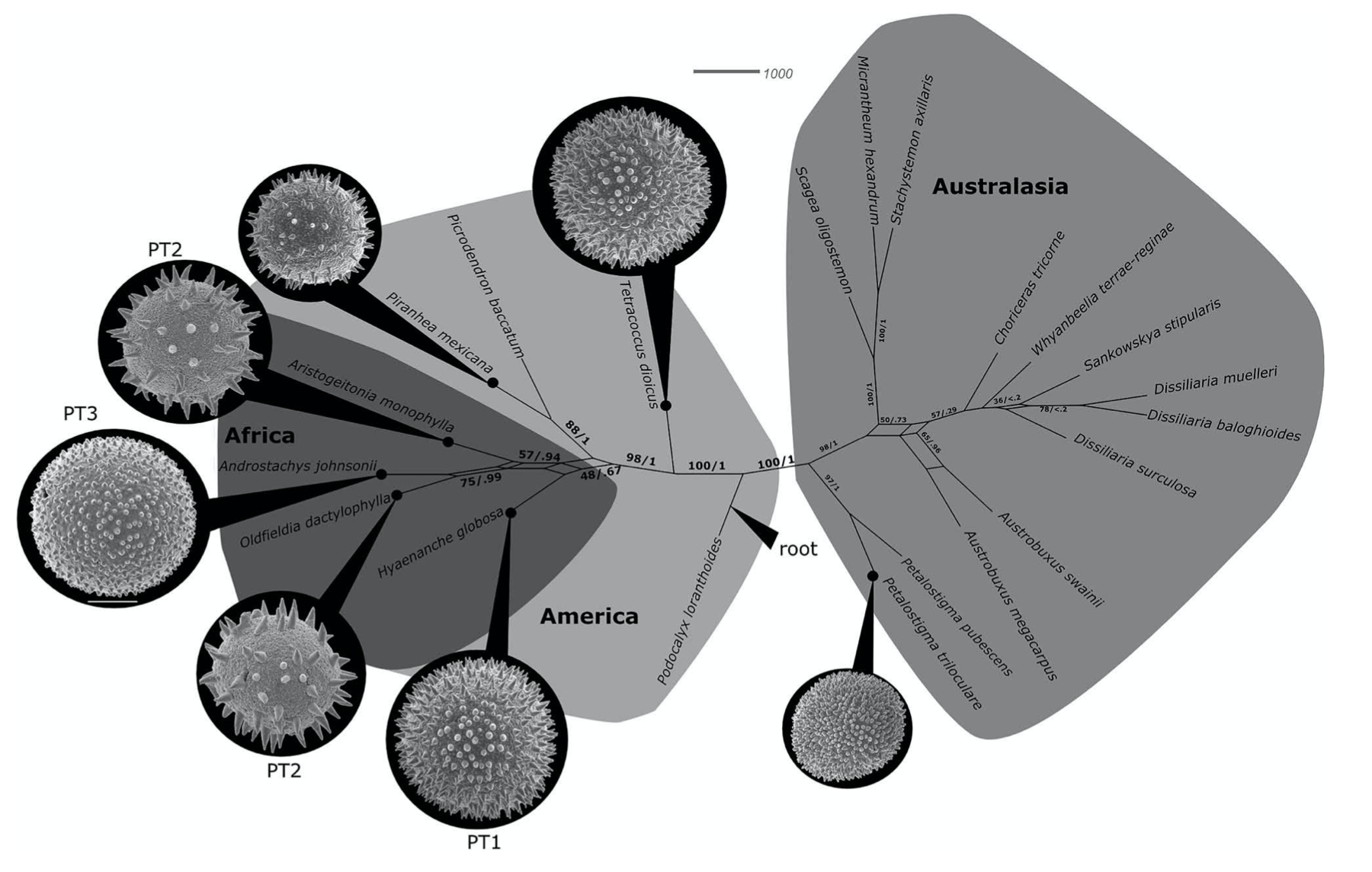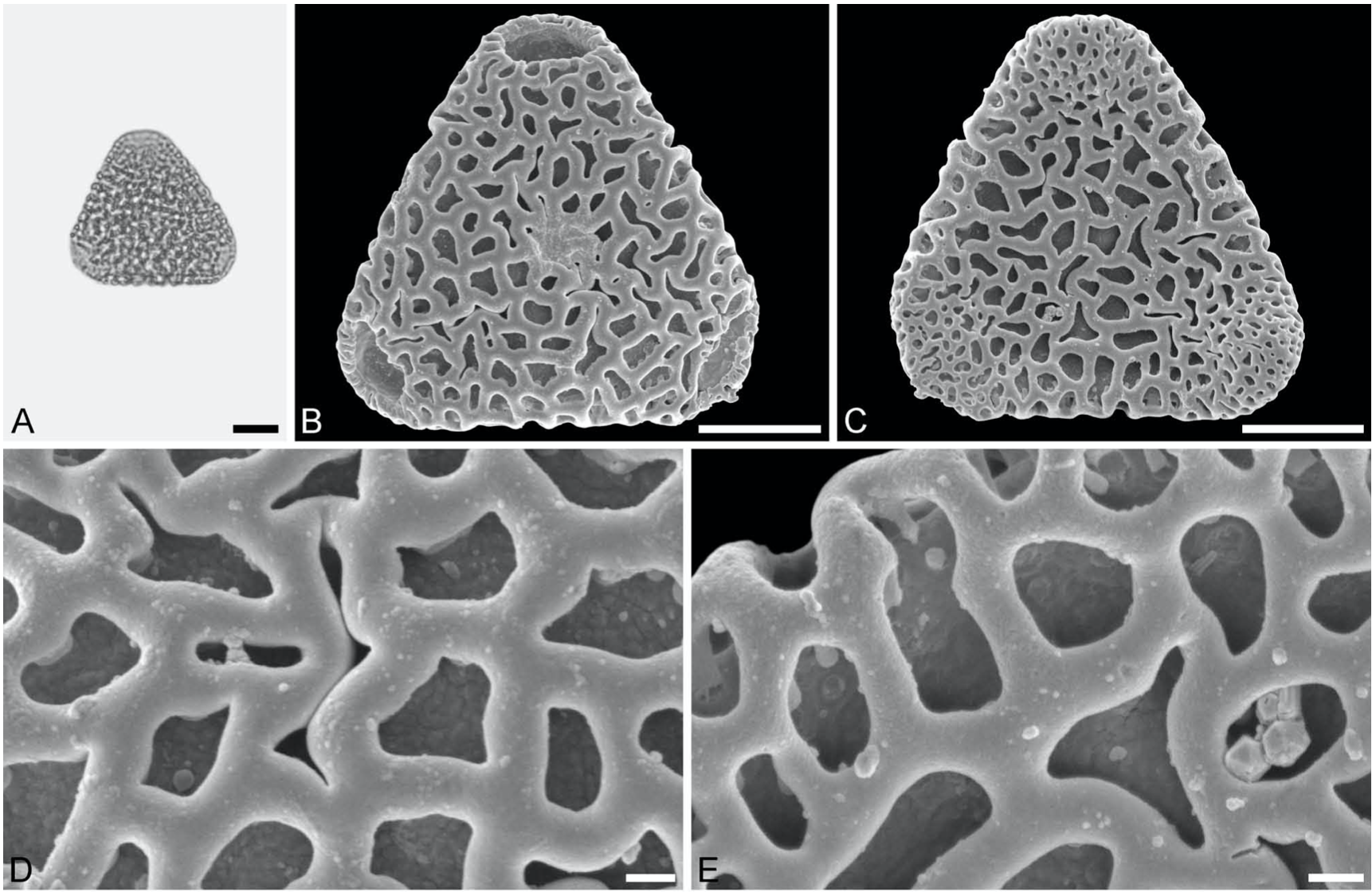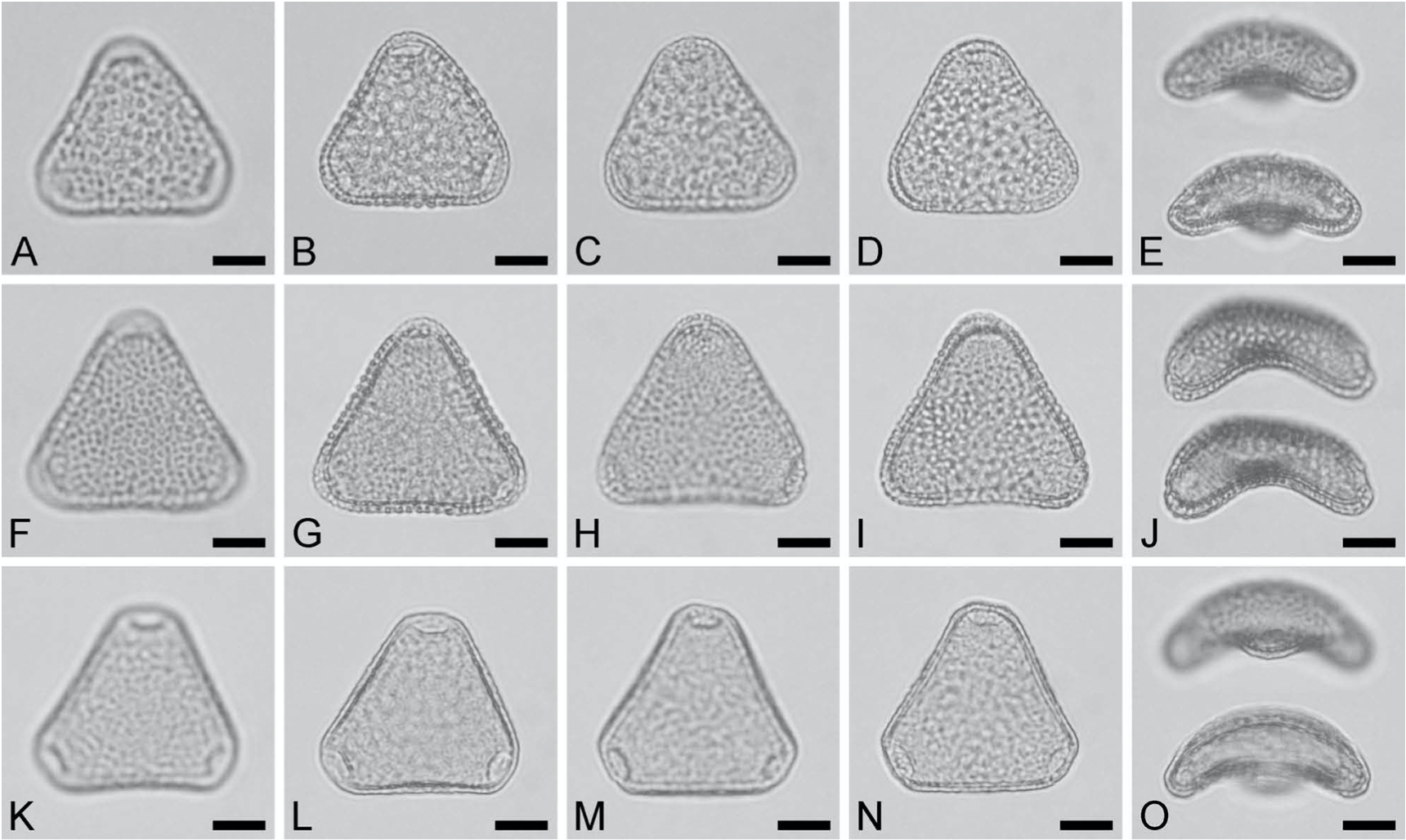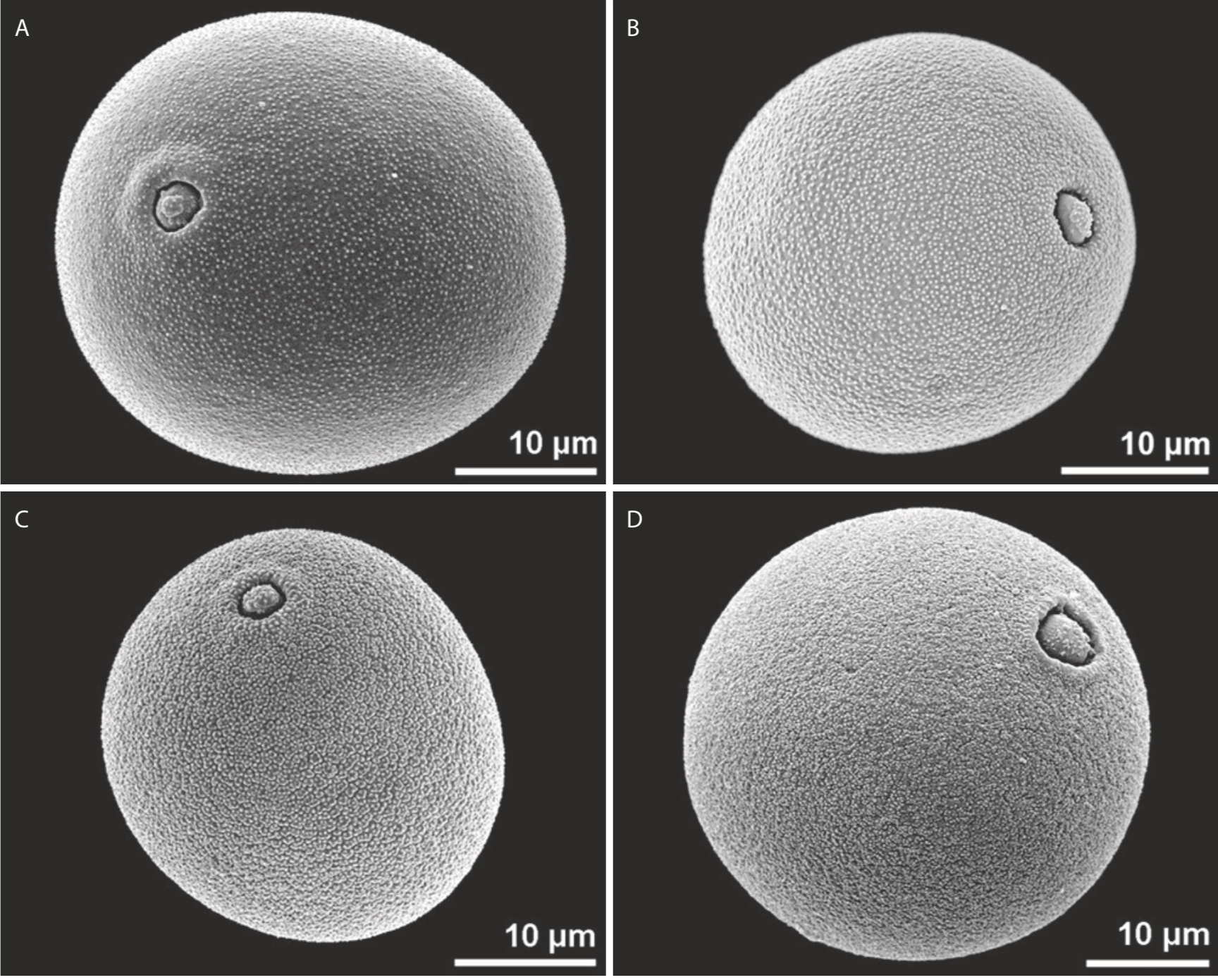Authors: Thomas Denk, Friðgeir Grímsson, Reinhard Zetter, Leifur A. Símonarson
The classic Surtarbrandur floras of Iceland are 12 Ma (late Serravallian) and belong to the Brjánslækur-Seljá Formation. They make up the most diverse macroflora known from the Miocene of Iceland, with the highest number of exotic angiosperms recorded from this period (Laurophyllum, Liriodendron, Magnolia, Platanus, and Sassafras). Unlike in the older and younger floras, Fagus is absent from the macrofossil and pollen record, suggesting that the older F. friedrichii had not yet been replaced by the later immigrating F. gussonii. The plant assemblages recovered from the Brjánslækur-Seljá Formation represent azonal riparian lowland and upland forests and zonal hardwood forests in the vicinity of a lake followed higher up by mixed broad-leaved deciduous and conifer forests. The plant assemblages reflect the culmination of warm and moist vegetation in Iceland in the late Serravallian. The climatic and vegetation optimum recorded in Iceland for this stage does not reflect the general trend of cooling after the Mid-Miocene Climatic Optimum (17–15 Ma), as seen in many other floras in the northern hemisphere.
